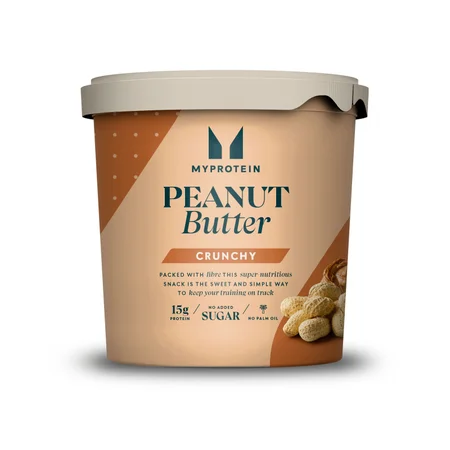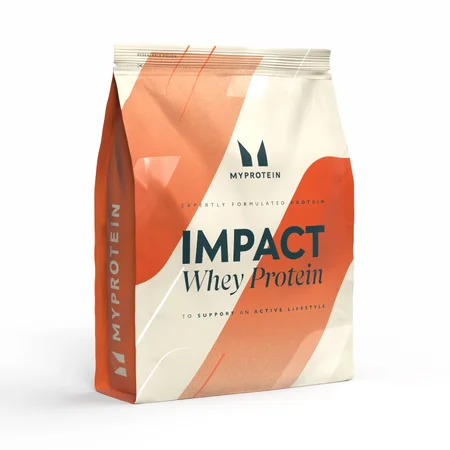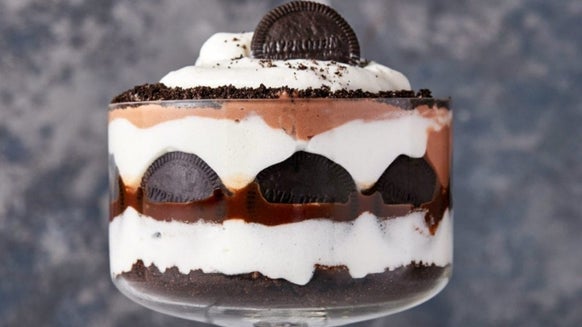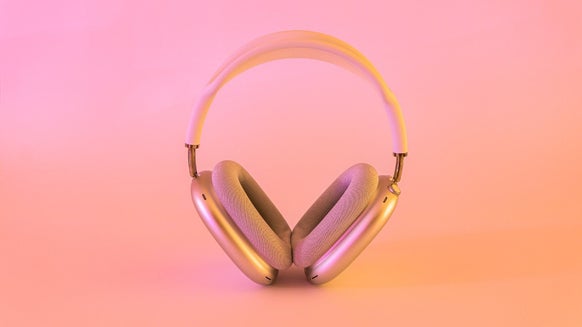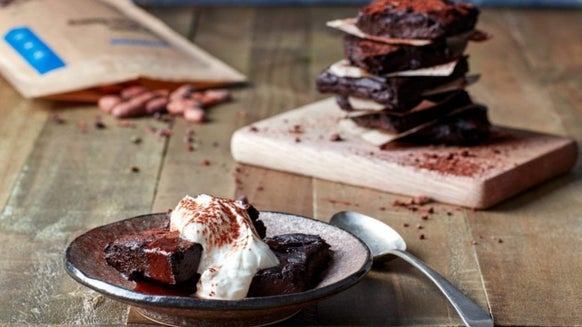High-Protein, Low-Carb Diets | Best Foods & Meal Prep

In this article, you'll find:
What are high-protein, low-carb diets?
The benefits of a high-protein, low carb diet
The side effects of this diet
A list of high-protein, low-carb foods
Recipe ideas

What are high-protein, low-carb diets?
Summary
Benefits of a high-protein, low-carb diet
1. Increased satiety
2. Lean muscle mass retention
3. Thermic effect of food
4. Less choice
Summary

Side effects of a high-protein, low-carb diet
Summary
The best high-protein, low-carb foods
There are three food groups that will make up any diet. Protein, fats and carbs (a low-carb diet does not mean a "no-carb diet.")
Try to choose high-protein foods such as:
- Eggs and egg whites
- Chicken breast
- Lean beef
- Game meat
- Turkey breast
- Oily fish
- Shellfish
- White fish
- Whey protein
- Casein protein
- Soy protein
- Yoghurt
- Cottage cheese
Try and choose healthy fats such as:
- Avocado
- Flaxseed
- Nuts (check carb content)
- Olives
- Extra virgin olive oil
- Various nut butters (check carb content)
- Chia seeds
- Fish oil
- Cheese
- Limited amount of dark chocolate
Healthy carbs to include in a low-carb diet:
- Broccoli
- Asparagus
- Kale
- Carrots
- Cauliflower
- Spinach
- Tomato
- Cucumber
- Watercress
- Onions
- Peppers
- Mushrooms
- Beans
- Oats (dependent on total carb allotment)
- Berries
** please note that these lists are not exclusive, or complete.

Recipe ideas
Now you might be wondering what a good low-carb meal could look like. Here are some examples of what a low-carb day could look like for breakfast, lunch, and dinner for a daily calorie amount of 2000Kcal.
Cream cheese pancakes:
- 100g of cream cheese
- 3 eggs
- sweetener of choice, if required
- 1 tsp of Cinnamon
Blend all the ingredients together. Let it rest until for a few minutes. Cook on a pan with medium heat for 2 minutes, then flip for another minute.
- Avocado and vegetable chicken salad:
- 100g of cooked chicken breast
- 1 large bowl Mixed leaves (rocket, spinach & watercress.)
- cupful Cruciferous vegetables of choice (i.e. broccoli)
- Lemon juice 1 to 2 tsp
- Onions, ½ raw
- Salt and pepper to liking
Cut the avocado in half and scoop out the inside into a bowl. Mash the avocado up and add the chopped onion and lemon juice. Add the chicken, leaves and vegetables and stir. Season with salt and pepper to your liking.
Red hot burgers:
- Half a tsp of ground chillies
- 200g 10% lean beef mince
- Chicken broth cubes
- Asparagus spears
Preheat grill to a high heat. Mix chillies & chicken broth cubes into the beef mince. Flatten out and make patties out of the mixture. Grill the patties and asparagus spears until cooked to your liking.
Take home message
READ THIS NEXT:

Grant is a sports nutritionist and certified strength coach. He has multiple postgraduate diplomas in nutrition and strength coaching as well as a Master’s degree in Sports and Exercise Nutrition, with a specific focus on protein. Grant has worked in the fitness industry for well over a decade and has helped coach professional athletes and sports teams, as well as the average gym-goer looking to get in the best shape possible. He now spends most of his working time teaching fitness professionals and coaching people remotely.
He’s a big believer in practising what he preaches and has been involved in resistance training and martial arts for over 20 years. In his spare time, Grant enjoys being with his wife and daughter as well as the family dogs and catching up on the latest Netflix series.
Find out more about Grant’s experience here and about his personal training here.
- A high-protein diet for reducing body fat: mechanisms and possible caveats. (n.d.). Retrieved 30 June 2019, from https://www.ncbi.nlm.nih.gov/pmc/articles/PMC4258944/
- Carreiro, A. L., Dhillon, J., Gordon, S., Jacobs, A. G., Higgins, K. A., McArthur, B. M., … Mattes, R. D. (2016). The macronutrients, appetite and energy intake. Annual Review of Nutrition, 36, 73–103. https://doi.org/10.1146/annurev-nutr-121415-112624
- Ebbeling, C. B., Feldman, H. A., Klein, G. L., Wong, J. M. W., Bielak, L., Steltz, S. K., … Ludwig, D. S. (2018). Effects of a low carbohydrate diet on energy expenditure during weight loss maintenance: Randomized trial. BMJ, 363, k4583. https://doi.org/10.1136/bmj.k4583
- Oh, R., & Uppaluri, K. R. (2019). Low Carbohydrate Diet. In StatPearls. Retrieved from http://www.ncbi.nlm.nih.gov/books/NBK537084/
- Prentice, A. M. (2005). Macronutrients as sources of food energy. Public Health Nutrition, 8(7A), 932–939.
